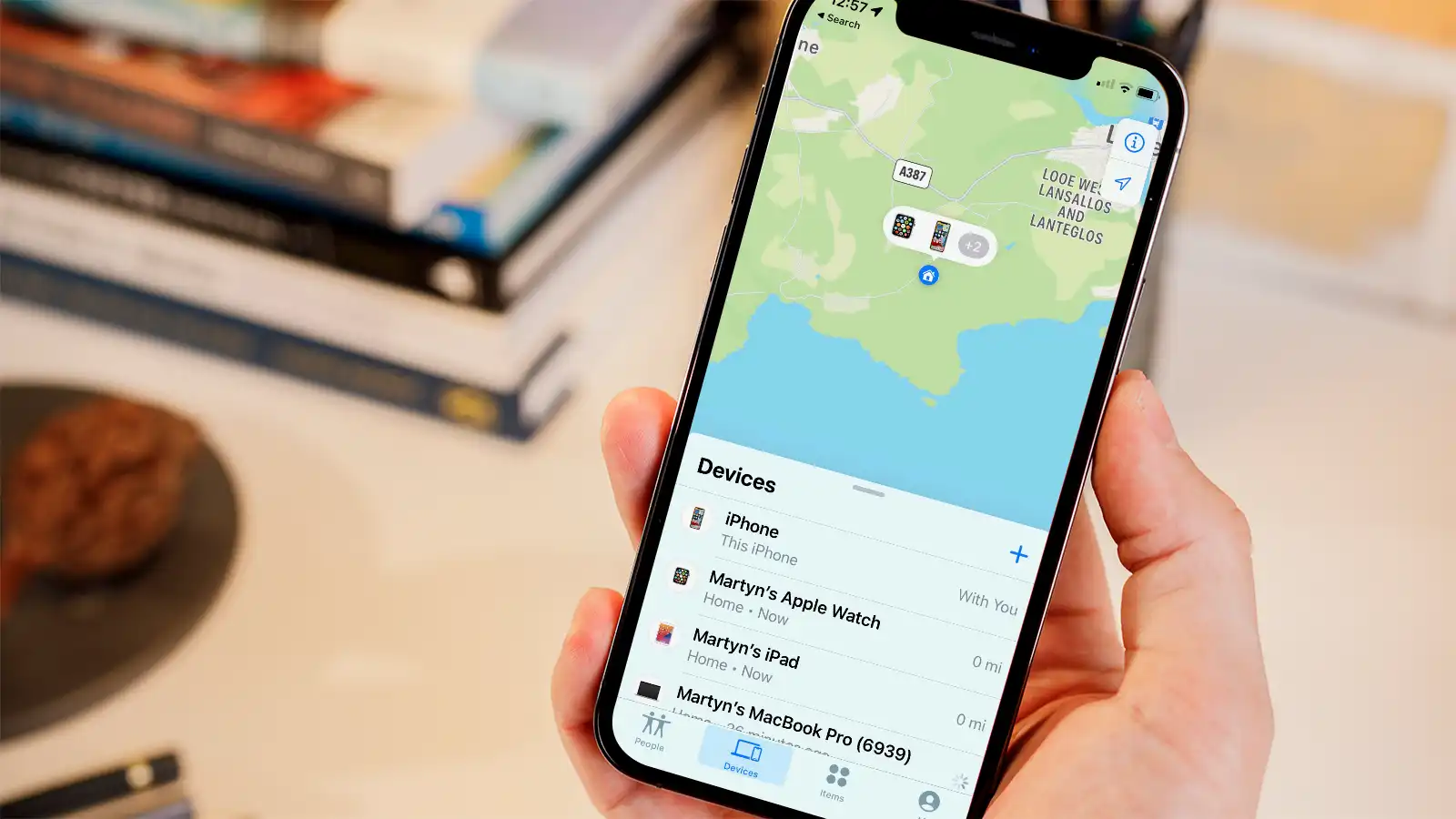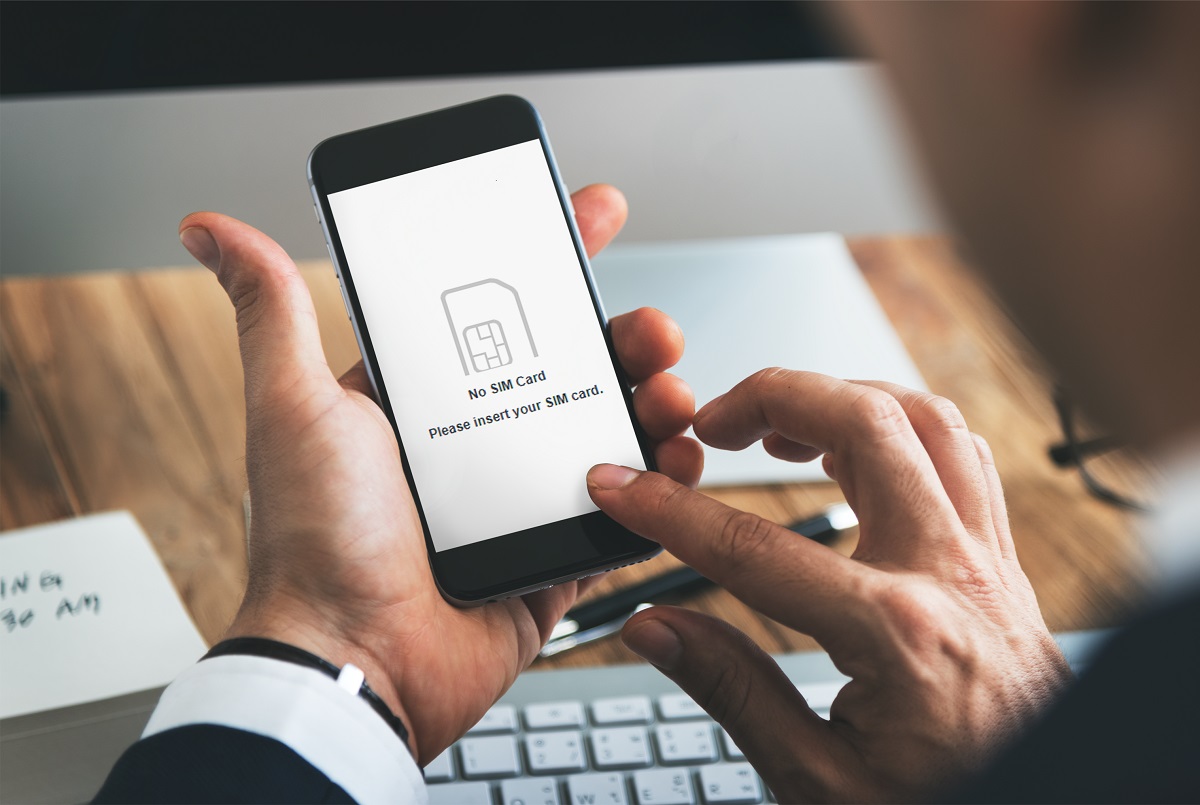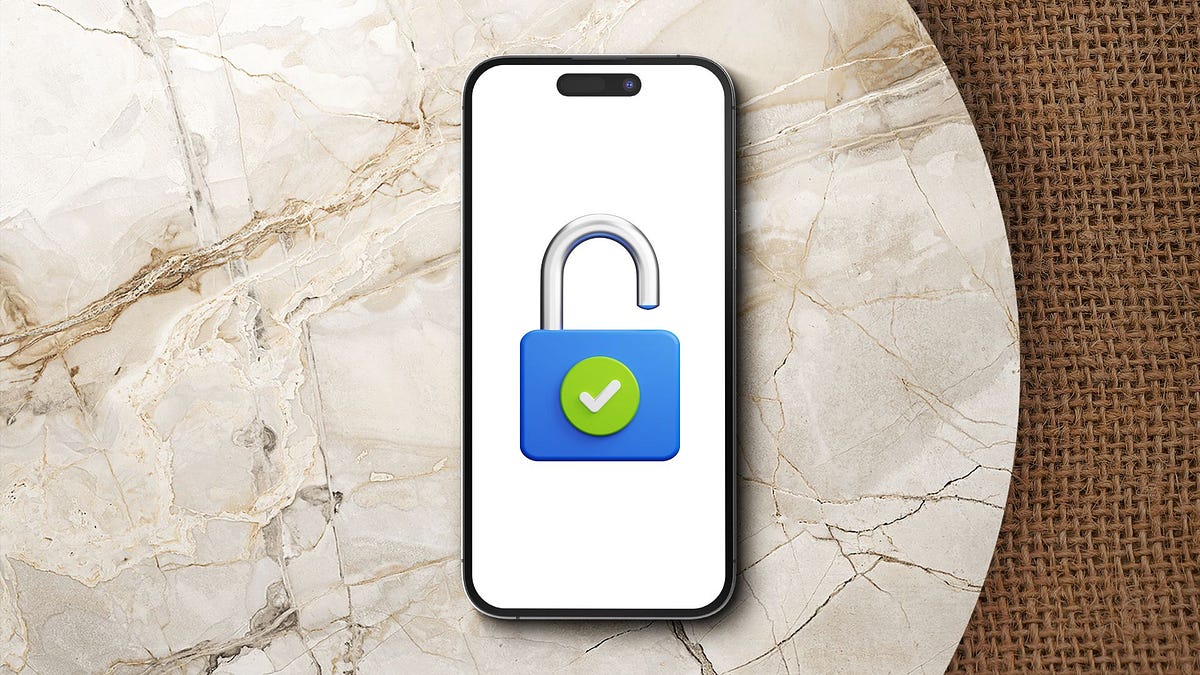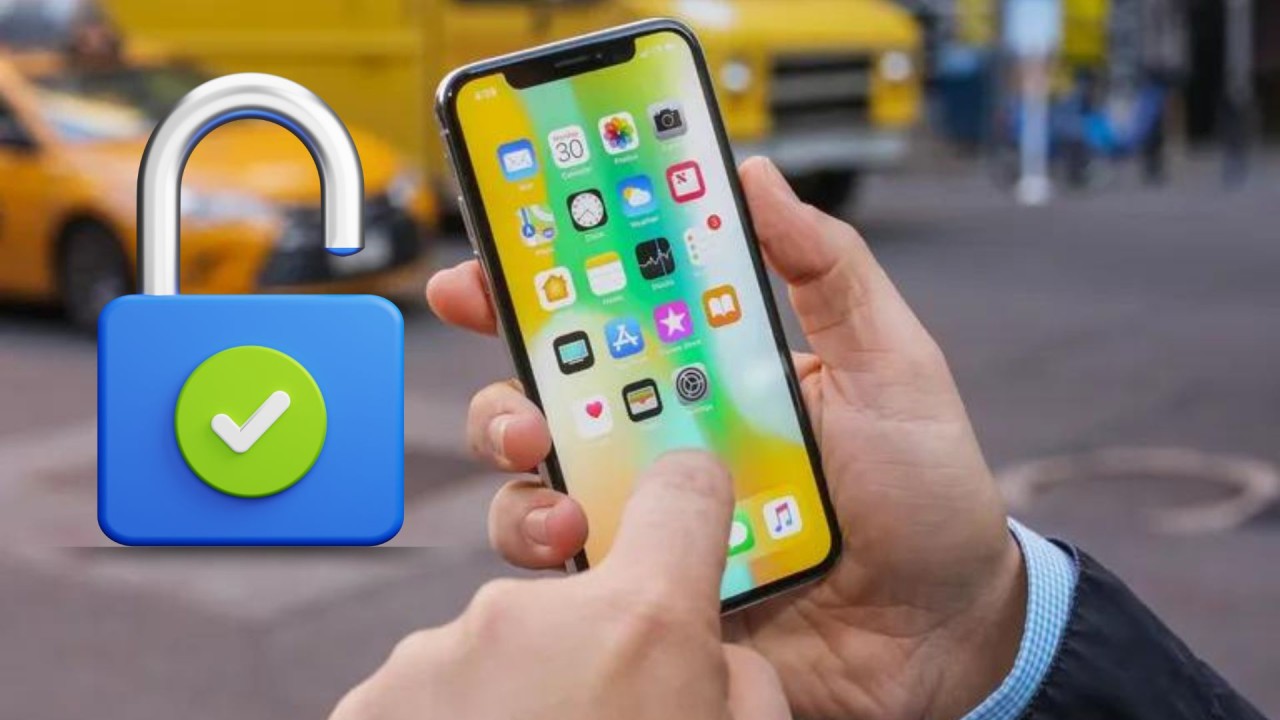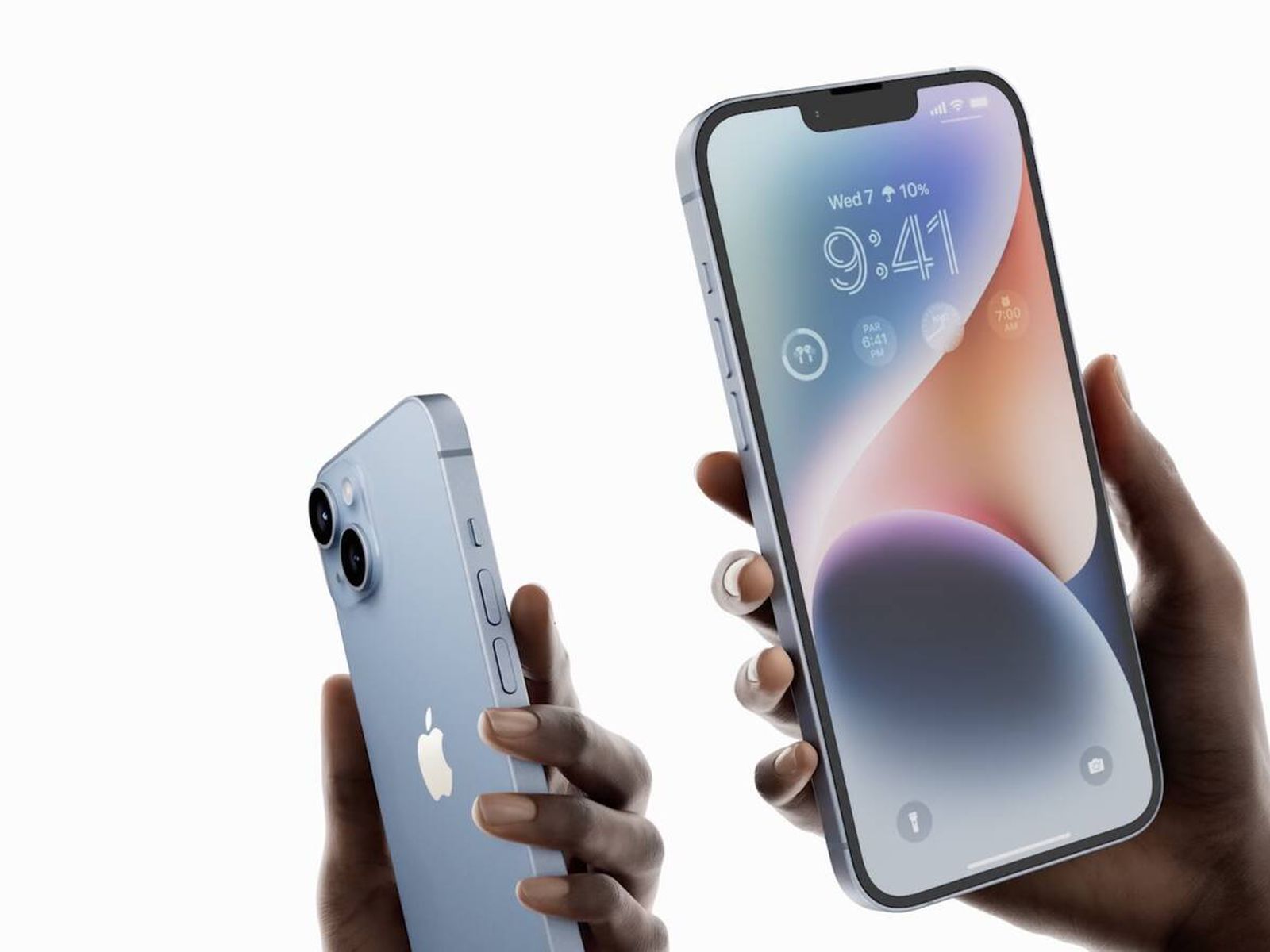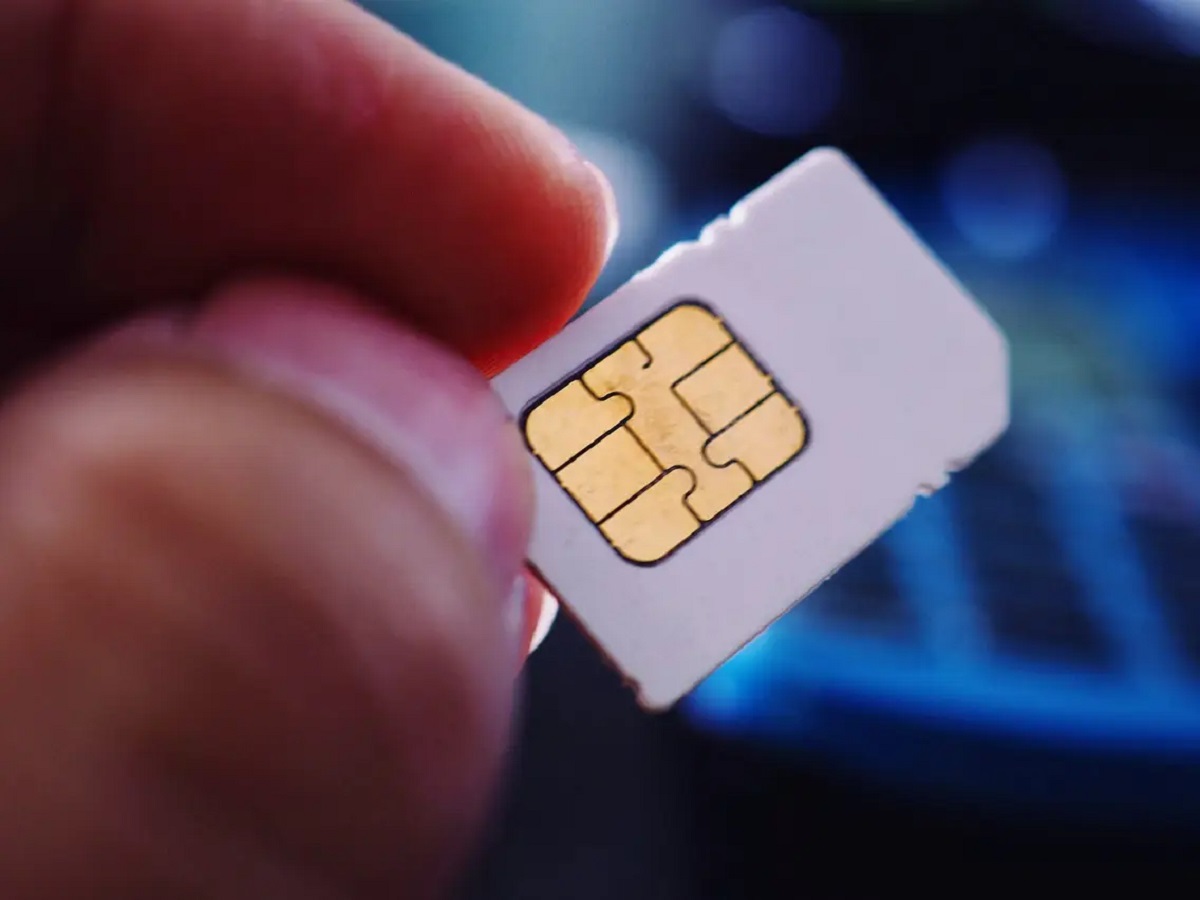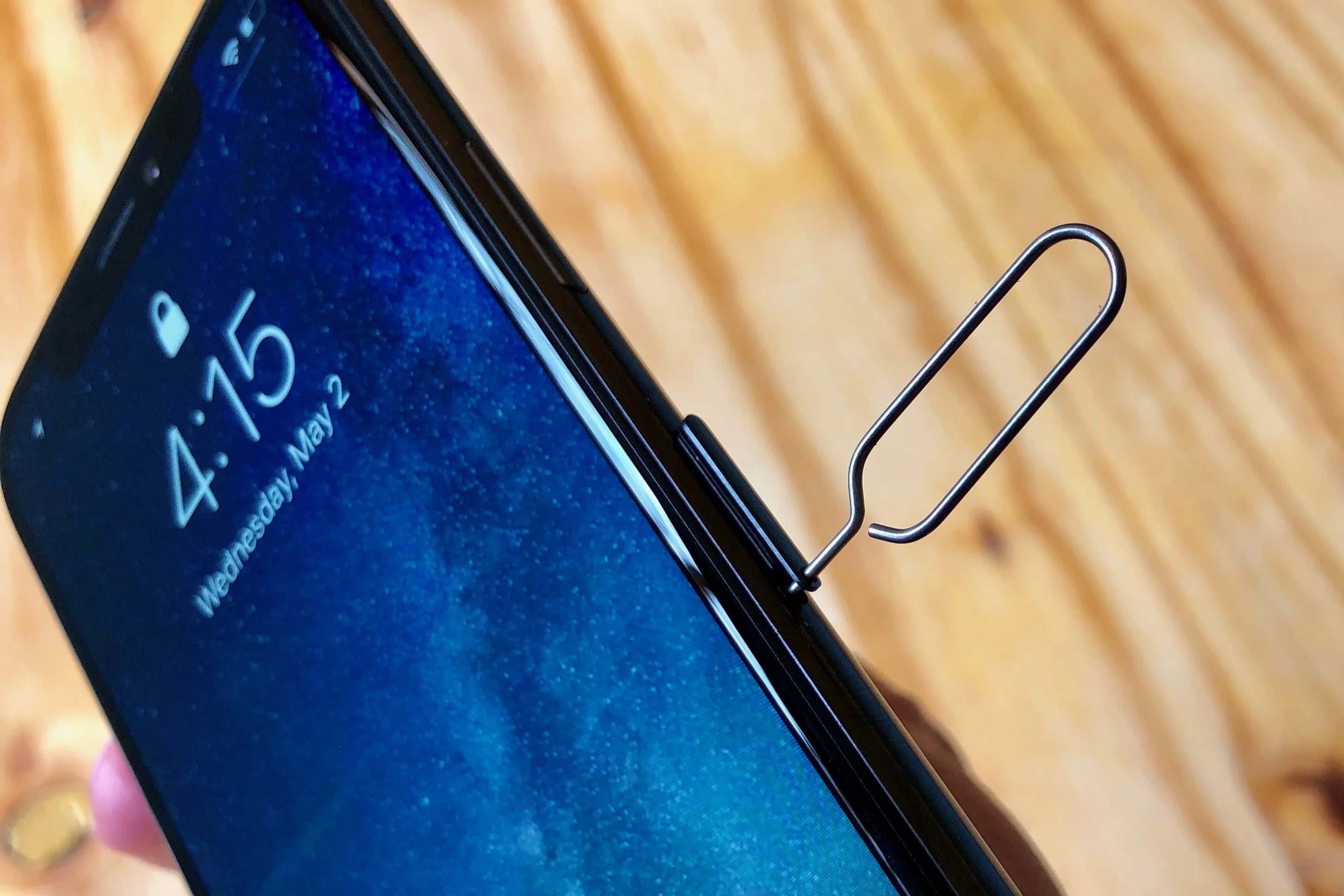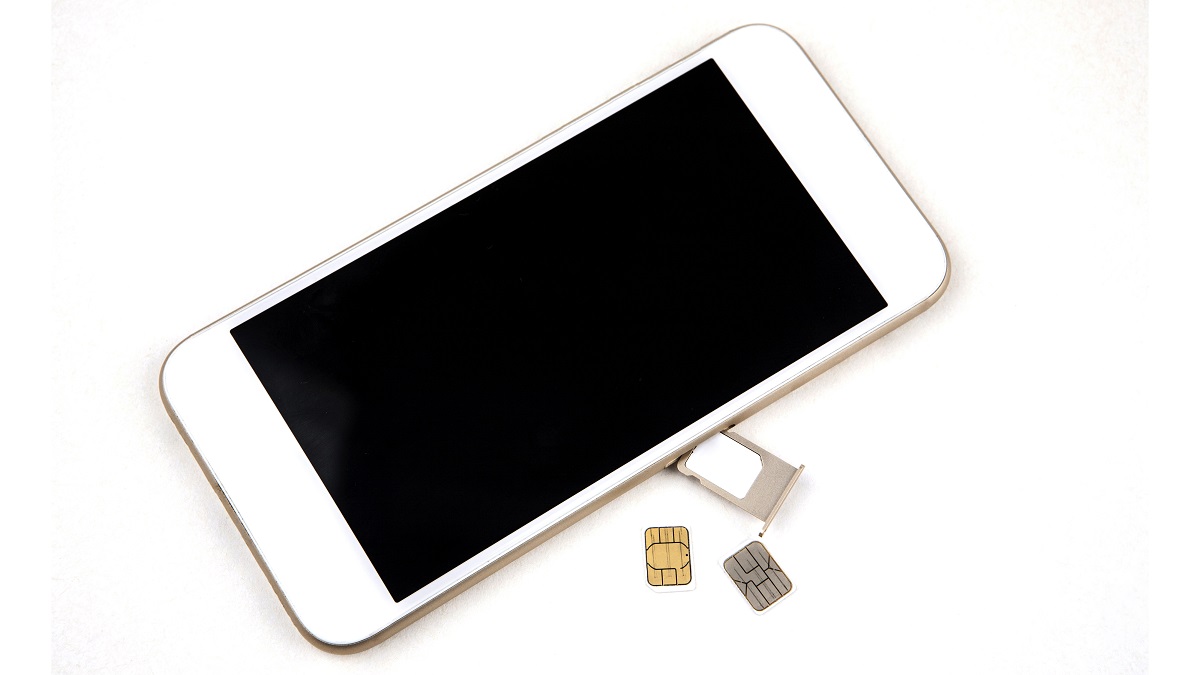Introduction
In the fast-paced digital age, smartphones have become an integral part of our lives, serving as a hub for communication, entertainment, and productivity. Among the myriad of features, the ability to track and locate a lost or stolen iPhone through the "Find My iPhone" app has been a game-changer for many users. However, a common question that arises is whether this functionality can still be utilized when the device does not have a SIM card inserted.
The absence of a SIM card can occur for various reasons, such as when a user switches to a new phone and removes the SIM card from the old device, or if the iPhone is being used solely for Wi-Fi-based activities. In such scenarios, the concern about losing the device and being unable to track it without a SIM card becomes a valid one.
This article delves into the intriguing realm of using "Find My iPhone" without a SIM card, exploring the possibilities, limitations, and practical steps to make the most of this feature. By understanding the nuances of this functionality, users can gain peace of mind knowing that their iPhone can still be located even without a SIM card.
As we embark on this insightful journey, it's essential to grasp the underlying mechanisms of "Find My iPhone" and how it operates in the absence of a SIM card. Let's unravel the mysteries and dispel the uncertainties surrounding this topic, empowering iPhone users with the knowledge they need to safeguard their devices effectively.
Can Find My iPhone Work Without a SIM Card?
The question of whether "Find My iPhone" can function without a SIM card is a pertinent one for users who find themselves in situations where their iPhone does not have a SIM card inserted. The good news is that the "Find My iPhone" feature is not reliant on the presence of a SIM card to work effectively. This means that even if your iPhone is without a SIM card, you can still utilize the "Find My iPhone" functionality to locate, track, and remotely manage your device.
The key to this capability lies in the underlying technology used by "Find My iPhone." This feature leverages a combination of GPS, Wi-Fi, and cellular data to pinpoint the location of the device. While a SIM card enables cellular connectivity, the absence of it does not hinder the GPS and Wi-Fi functionalities, which are crucial for tracking the iPhone. Therefore, even in the absence of a SIM card, the iPhone can still communicate its location to the "Find My iPhone" service, allowing users to access real-time information about the device's whereabouts.
It's important to note that while "Find My iPhone" can work without a SIM card, the device must be connected to a Wi-Fi network for this functionality to be fully operational. Without a SIM card, the iPhone relies on Wi-Fi for internet connectivity, which is essential for transmitting its location data to the "Find My iPhone" service. As long as the iPhone is connected to a Wi-Fi network, users can rest assured that the "Find My iPhone" feature remains accessible and effective, regardless of the absence of a SIM card.
In essence, the ability of "Find My iPhone" to work without a SIM card underscores its robust and versatile nature. This feature is designed to provide users with a reliable means of locating and safeguarding their devices, irrespective of the specific circumstances surrounding the absence of a SIM card. By understanding this capability, iPhone users can confidently rely on "Find My iPhone" to protect their devices, even when traditional cellular connectivity is not available.
In the next section, we will delve into the practical steps to effectively use "Find My iPhone" without a SIM card, empowering users with the knowledge needed to make the most of this invaluable feature.
How to Use Find My iPhone Without a SIM Card
When it comes to using "Find My iPhone" without a SIM card, the process is remarkably straightforward, empowering users to harness the full potential of this feature even in the absence of traditional cellular connectivity. Here's a comprehensive guide on how to effectively utilize "Find My iPhone" without a SIM card:
-
Ensure Wi-Fi Connectivity: As mentioned earlier, the absence of a SIM card necessitates that the iPhone is connected to a Wi-Fi network for "Find My iPhone" to function optimally. Therefore, it's imperative to ensure that the device is connected to a Wi-Fi network, providing the necessary internet connectivity for transmitting location data to the "Find My iPhone" service.
-
Activate Location Services: To enable accurate location tracking, it's essential to activate the iPhone's location services. This can be done by navigating to the device's settings, selecting "Privacy," and then "Location Services." Once in this menu, ensure that "Location Services" is turned on, allowing the iPhone to share its location data with the "Find My iPhone" service.
-
Accessing "Find My iPhone": Open the "Find My" app on another Apple device or access the "Find My" website using a web browser. Sign in with the Apple ID associated with the iPhone you want to locate. Once signed in, the app or website will display the current location of the iPhone on a map, providing real-time information about its whereabouts.
-
Remote Management: In addition to tracking the iPhone's location, "Find My iPhone" allows users to remotely manage the device. This includes the ability to play a sound on the iPhone to help locate it if it's nearby, put the device in Lost Mode to lock it and display a custom message on the screen, or even erase the device remotely to protect sensitive data in case of theft.
-
Utilize Offline Finding: In situations where the iPhone is offline or powered off, "Find My iPhone" leverages a feature called "Offline Finding" to locate the device using nearby Apple devices. This innovative capability ensures that even if the iPhone is not actively connected to a Wi-Fi network, its location can still be determined with the help of other Apple devices in proximity.
By following these simple yet crucial steps, users can effectively use "Find My iPhone" without a SIM card, leveraging its powerful capabilities to safeguard their devices and ensure peace of mind even in the absence of traditional cellular connectivity. This seamless integration of GPS, Wi-Fi, and advanced tracking technologies underscores the resilience and reliability of "Find My iPhone" as a crucial tool for protecting and managing Apple devices.
In the subsequent section, we will explore the limitations associated with using "Find My iPhone" without a SIM card, shedding light on important considerations for users in such scenarios.
Limitations of Using Find My iPhone Without a SIM Card
While the ability to utilize "Find My iPhone" without a SIM card offers significant advantages, it's essential to acknowledge the limitations associated with this approach. Understanding these constraints can help users make informed decisions and effectively manage their devices in various scenarios.
-
Limited Cellular Functions: One of the primary limitations of using "Find My iPhone" without a SIM card is the restriction on certain cellular-based functions. Without a SIM card, the iPhone lacks traditional cellular connectivity, which can impact features such as making calls, sending messages, and accessing mobile data. While the device can still communicate its location using Wi-Fi and GPS, users should be mindful of the reduced functionality related to cellular services.
-
Dependence on Wi-Fi Networks: The absence of a SIM card means that the iPhone relies solely on Wi-Fi networks for internet connectivity. This dependency on Wi-Fi can pose challenges in situations where access to Wi-Fi networks is limited or unavailable. Without a SIM card, the device's ability to transmit its location data to the "Find My iPhone" service is contingent on the availability of Wi-Fi networks, which may not always be accessible in certain environments.
-
Potential Location Inaccuracy: In scenarios where the iPhone is without a SIM card and is solely connected to Wi-Fi, there is a possibility of location inaccuracy. While GPS technology is instrumental in pinpointing the device's location, the reliance on Wi-Fi for internet connectivity can introduce variations in location accuracy, especially in areas with limited Wi-Fi coverage. This potential for location discrepancies underscores the need for users to exercise caution when relying on "Find My iPhone" without a SIM card.
-
Limited Remote Management in Offline Mode: When the iPhone is offline or powered off, the ability to remotely manage the device using "Find My iPhone" may be limited. While the feature of Offline Finding allows for locating the device with the help of nearby Apple devices, the scope of remote management functionalities, such as playing a sound or initiating Lost Mode, may be constrained when the iPhone is not actively connected to a Wi-Fi network.
By being mindful of these limitations, users can adopt a proactive approach to addressing the challenges associated with using "Find My iPhone" without a SIM card. Despite these constraints, the feature remains a valuable asset for safeguarding and managing iPhones, offering a layer of security and control even in the absence of traditional cellular connectivity.
In summary, understanding the limitations of using "Find My iPhone" without a SIM card is pivotal in navigating the nuances of this functionality and making informed decisions regarding the protection and management of Apple devices.
Conclusion
In conclusion, the remarkable capabilities of "Find My iPhone" extend beyond the confines of traditional cellular connectivity, offering users a robust and versatile tool for safeguarding and managing their devices even in the absence of a SIM card. The ability of "Find My iPhone" to leverage GPS, Wi-Fi, and advanced tracking technologies underscores its resilience and reliability, providing users with peace of mind and a sense of control over their valuable Apple devices.
By understanding that "Find My iPhone" can indeed work without a SIM card, users are empowered to navigate various scenarios, from transitioning to a new phone and removing the SIM card from the old device to utilizing an iPhone solely for Wi-Fi-based activities. This knowledge equips users with the confidence to rely on the feature's tracking and remote management functionalities, knowing that the absence of a SIM card does not hinder the device's locatability and security.
The practical steps outlined for using "Find My iPhone" without a SIM card serve as a comprehensive guide, emphasizing the importance of ensuring Wi-Fi connectivity, activating location services, and leveraging remote management capabilities. These steps enable users to harness the full potential of "Find My iPhone," demonstrating the seamless integration of GPS, Wi-Fi, and innovative offline finding features, which collectively contribute to the feature's effectiveness in diverse usage scenarios.
While there are limitations associated with using "Find My iPhone" without a SIM card, such as reduced cellular functions, dependency on Wi-Fi networks, potential location inaccuracies, and constraints in remote management during offline mode, the feature remains a valuable asset for protecting and managing iPhones. By acknowledging these limitations, users can adopt a proactive approach to address challenges and make informed decisions regarding the security and control of their devices.
In essence, the ability to understand, utilize, and navigate the intricacies of "Find My iPhone" without a SIM card exemplifies the adaptability and resilience of this feature, reinforcing its status as a crucial tool for modern device management. As technology continues to evolve, "Find My iPhone" stands as a testament to Apple's commitment to empowering users with innovative solutions that transcend conventional limitations, ensuring the safety and security of their digital assets.







